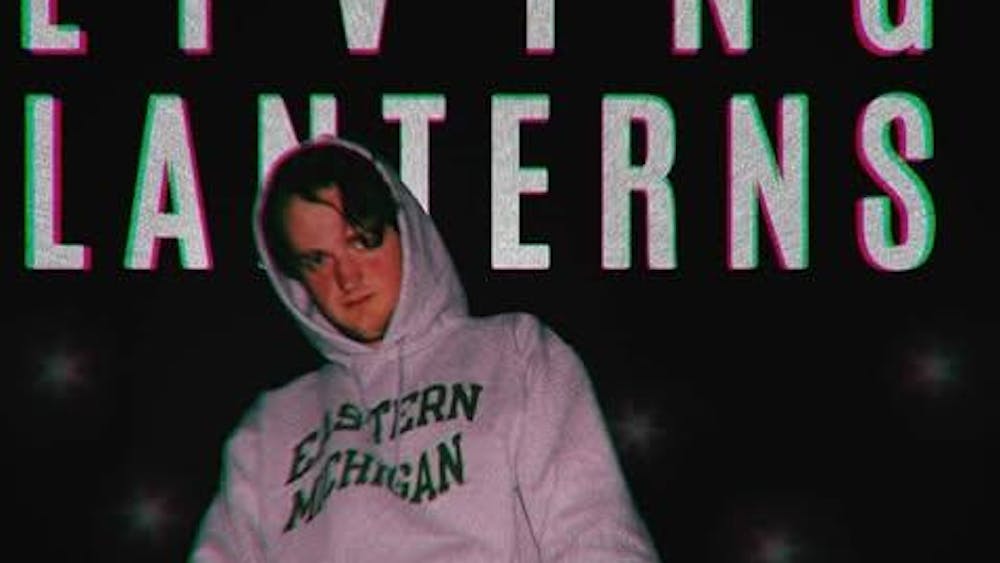Four years after his even more impressive but nevertheless unsuccessful independent run in 1992, Texas billionaire and Reform Party founder Ross Perot won more than eight million votes in the 1996 presidential election. In 1998, the Reform Party won its most significant victory with the election of Jesse Ventura, described by CNN political analyst John Avlon as a “radical centrist,” as Governor of Minnesota.
But Perot would be the national high-water mark of the Reform Party. In 2000, Pat Buchanan, the anti-immigration protectionist conservative, won roughly 440,000 votes. In 2004, anti-globalization and consumer protection activist Ralph Nader won roughly 460,000 votes. In 2008 and 2012, fewer than 1,000 votes were cast for the Reform Party. Led by conservative Buchanan one year and by liberal Nader the next, the Reform Party lacked a consistent message and so year after year failed to fill Perot’s shoes.
Founded in 1991 as the “U.S. Taxpayers’ Party,” the Constitution Party, unlike the Reform Party, did not lack a message when it came to social policy — it is staunchly conservative. But like the Reform Party, it has performed very poorly in general elections, winning less than 1 percent of the vote in every presidential election. The most successful Constitution Party nominees have been Buchanan in 1996, Chuck Baldwin in 2004 and 2008 and Virgil Goode in 2012.
Though neither has ever won nationally, both the Reform Party and the Constitution Party are key to shedding light on who comprises the Trump movement and, more importantly, what the future holds for the Republican Party.
For more than a quarter century, from Perot and the Reform Party to Goode and the Constitution Party, the anti-immigration anti-globalization movements have been undercurrents in American politics. But in the wake of Donald Trump and Bernie Sanders, these undercurrents have found their focus. Unlike Sanders, who is predicted to lose badly to Hillary Clinton in the Democratic primaries, no such downfall is likely for Trump.
As Jim Geraghty of National Review wrote, “Both [Buchanan and Trump] are harsh critics of free trade, both staunchly oppose illegal immigration, both spoke out against the Iraq War and find themselves at odds with the party’s hawks.” Though he has not endorsed Trump, a glance through Buchanan’s column will quickly show that Buchanan admires Trump for the similarities, which Geraghty highlights.
But neither Buchanan, nor Perot, are political forces anymore. Ventura and Goode, on the other hand, are both in their sixties. They and their endorsements still carry some weight.
As the Republican field swelled with 2016 president hopefuls, fears of a disunited party were further aggravated when Trump announced his candidacy in June. In mid September 2015, three months after Trump surged to the head of his rivals sparking speculation that he would launch an independent run, Trump signed a 63-word loyalty pledge to the Republican Party. “I,” the pledge began, leaving room for the candidate’s name, “affirm that if I do not win the 2016 Republican nomination… [that] I will endorse the 2016 Republican presidential nominee regardless of who it is.” The pledge went on to bar the candidate from running as an independent, as a candidate “of any other party,” or as a write-in candidate.
Many Republicans believed that the pledge would contain Trump and conciliate support behind another more traditional Republican candidate. After the tenth GOP debate, having spent eight months as the frontrunner and having won three consecutive primaries, Trump received the endorsements of three governors — Chris Christie of New Jersey, Paul LePage of Maine and Jan Brewer of Arizona — in as many days.
Now on the fast track to winning the Republican nomination, it is not Trump who is thought to be plotting an independent run against the Republicans but vice versa. Conor Friedersdorf of The Atlantic recently wrote of a possible conservative third-party run against Trump. From RedState editor-in-chief Erick Erickson and National Review correspondent Kevin D. Williamson to columnist George Will and neoconservative Weekly Standard founder Bill Kristol, it would be, Friedersdorf writes, “quite a diverse anti-Trump coalition.” But whatever “anti-Trump coalition” is hobbled together by November, it would be disunited and dysfunctional, its backbone made up of neoconservatives like Kristol, libertarians like Glenn Beck, miscellaneous magazine editors, and anyone whose sole unifying principle is that Trump must be defeated.
Though he has received precious few, Trump’s political endorsements are also some of the most interesting. They include anti-immigration nationalists from across the social spectrum — Front National founder Jean-Marie Le Pen, former Deputy PM of Serbia Vojislav Šešelj, Dutch liberal MP Geert Wilders and Italian regionalist MEP Matteo Salvini. At home, Trump’s endorsers include Jesse Ventura, the highest election Reform Party candidate, and Virgil Goode, the most recent and one of the most successful Constitution Party candidates.
When he abandoned his 2000 bid for president, a 54-year-old Trump, frustrated by the disorganization and infighting of the Reform Party, said that “You could only win the [primaries and the general election] with a totally unified party.” At Thursday’s GOP debate, Trump toted that “new people are coming into the Republican Party… We’re building a much bigger, much stronger Republican Party.” This “new Republican Party” won’t include the neoconservatives, be they intellectuals like Kristol or politicians like Lindsey Graham. It won’t include libertarians like Beck. It would, however, include radical centrists like Ventura, conservatives like Goode and could easily find room for moderates like Jim Webb.
From the 1910s to the 1930s, Theodore Roosevelt and Franklin Delano Roosevelt oversaw migration of progressives from the Republican Party to the Democratic Party. Trump, according to Gallup, is the most popular candidate among blue-collar workers since the 1930s. From the 1960s to the 1980s, Richard Nixon and Ronald Reagan oversaw the migration of social conservatives from the Democratic Party to the Republican Party. According to Mercury Analytics, 1-in-5 Democrats are considering voting for Trump. For roughly a quarter century, both parties have been hemorrhaging immigration restrictionists and economic protectionists. Could Trump be offering them a new home in the Republican Party? The evidence seems to be overwhelming.









